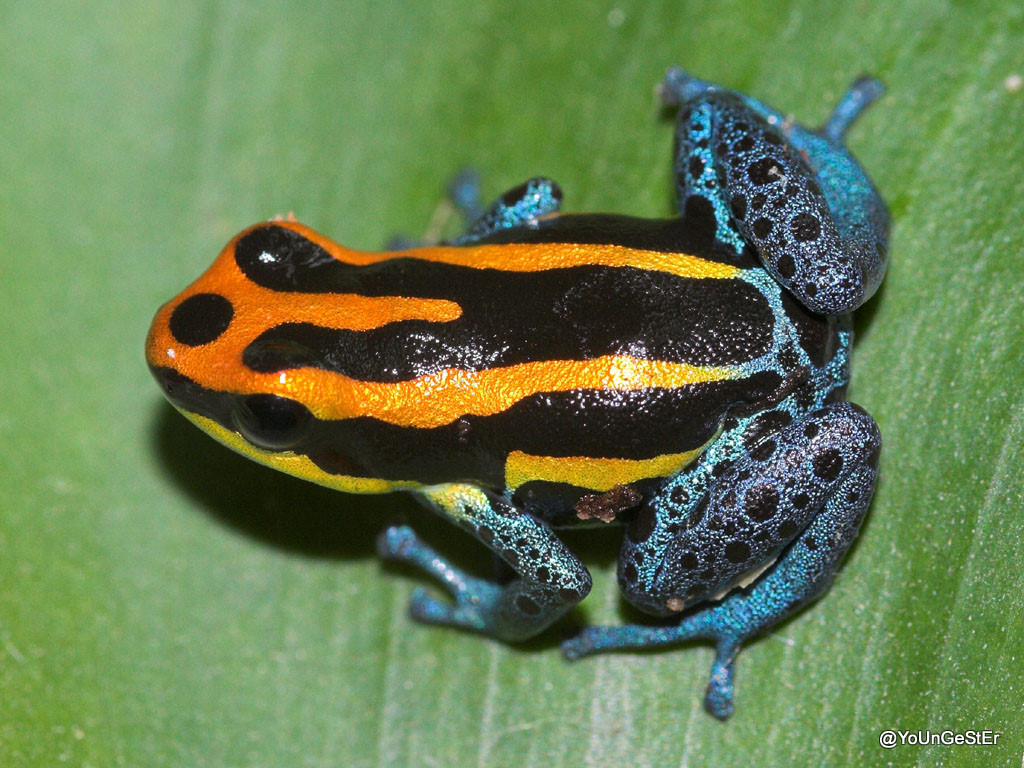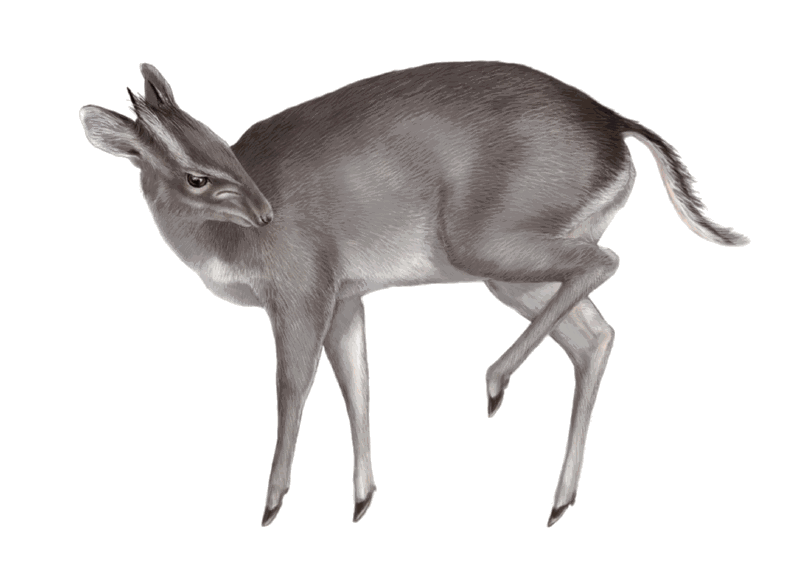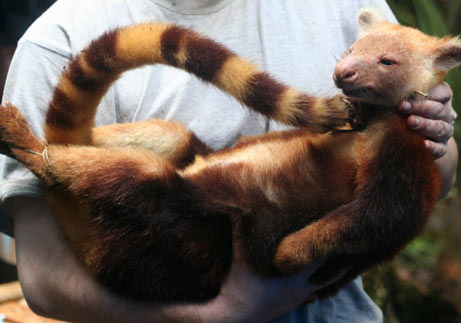The 2010 report of the first Census of Marine Life marked the first attempt to provide a definitive record of all the species of plants and animals living in the sea, and it revealed that almost 250,000 species have now been identified, while predicting there may be at least another 750,000 still waiting to be discovered beneath the waves. The Census was 10 years in the making, and scientists from around the world identified more than 6,000 new species during the project.
Between 1999 and 2009, more than 1,200 new species of plants and vertebrates were discovered in the Amazon biome alone – or one new species every 3 days – confirming the Amazon as one of the most diverse places on Earth, according to a World Wildlife Fund report, Amazon Alive!: A Decade of Discoveries 1999-2009. The report listed the discovery of 637 plants, 257 fish, 216 amphibians, 55 reptiles, 16 birds, and 39 mammals, all previously unknown to science. And “a remarkable 1,060 new species – including 580 invertebrates – have been discovered on the island of New Guinea from 1998 to 2008. But poorly planned and unsustainable development – particularly from logging and forest conversion to agriculture – is putting many of these unique creatures at risk, a new WWF study, Final Frontier: Newly discovered species of New Guinea reports.”
This spring, the California Academy of Sciences 2011 Philippine Biodiversity Expedition spent a mere 42 days surveying Luzon Island, the largest island in the Philippine archipelago, and discovered over 300 new species of terrestrial and marine life forms, including plants, insects, spiders, reptiles, amphibians, fish, corals, barnacles, sea urchins and many other marine invertebrates. Along the way, they encountered more than 300 species that appear to be new to science. Notable finds included a cicada that makes a distinctive “laughing” call, a deep-sea swell shark that inflates its stomach with water to bulk up and scare off other predators, a starfish that exclusively eats sunken driftwood, three new lobster relatives that squeeze into crevices instead of carrying shells on their backs, a crab whose pincers are lined with needle-like teeth, and a worm-like pipefish that hides among colonies of soft coral (source).
While the number of new life forms discovered, as noted in the instances cited above, is impressive, what really stands out is the implication that much larger numbers of life forms remain undiscovered. In the case of the Census of Marine Life, the Census database still has no records at all for more than 20 percent of the ocean’s volume and very few for vast areas. If we acknowledge the need to preserve biodiversity and achieve sustainable development across the globe, we need to know the extent of that biodiversity, particularly in the face of dire warnings “that the world’s ocean is at high risk of entering a phase of extinction of marine species unprecedented in human history.”
As the California Academy of Sciences puts it, “Despite intensive efforts to document life on Earth, scientists estimate that more than 90 percent of the species on this planet have yet to be discovered. In the face of large-scale habitat loss and degradation, many of these species are disappearing before we even know they exist. As they join the ranks of the extinct, we are not only losing members of our family tree — we are also losing potential medical treatments, agricultural pollinators, oxygen producers, soil servicers, and many other critical components of healthy, functioning ecosystems. In order to make smart decisions about how to conserve what is left of our planet’s biodiversity, we must make a concerted effort to rapidly increase our knowledge about these life forms and their distribution” (op. cit.).
Article by Bill Norrington





